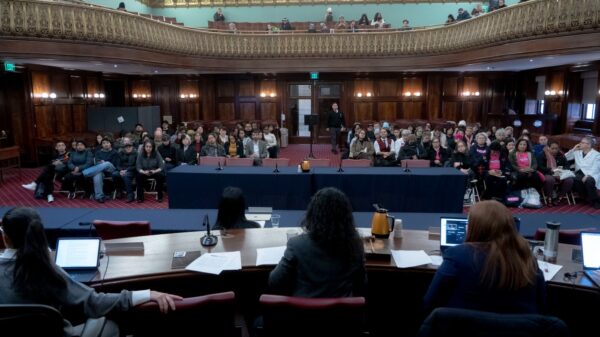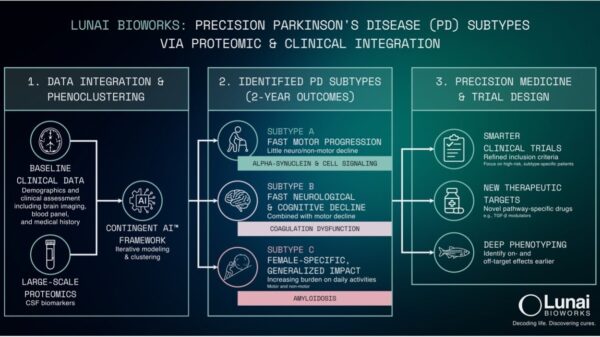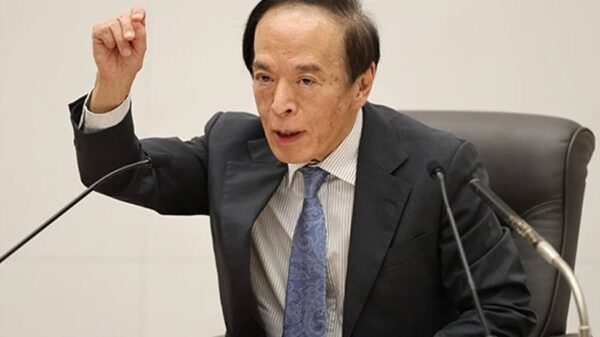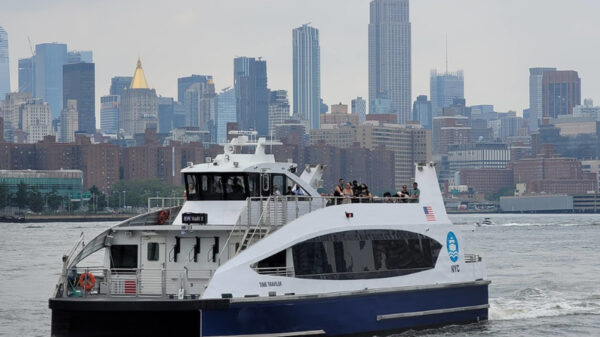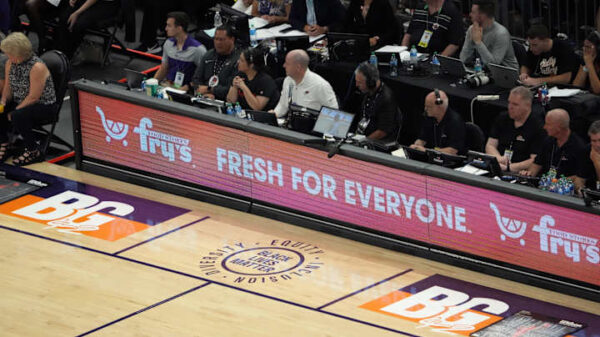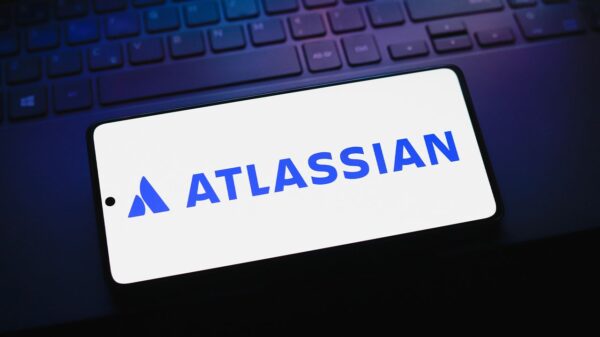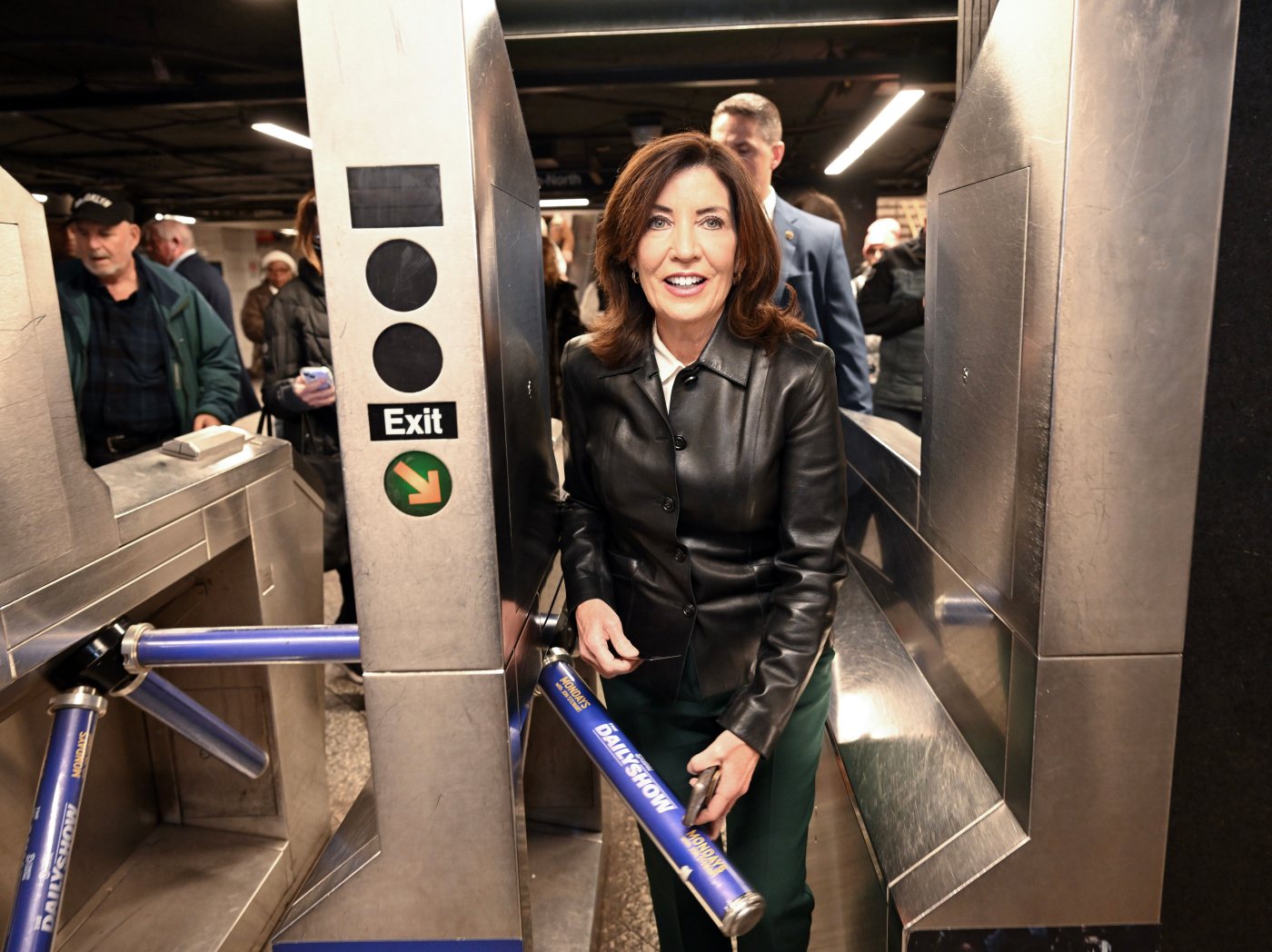New York Governor Kathy Hochul is under increasing pressure to veto a legislative bill mandating two-person crews on every subway train. The bill, which passed both houses of the New York State Legislature in June 2023, has sparked significant debate regarding its implications for modernization and efficiency within the Metropolitan Transportation Authority (MTA).
The proposed legislation aims to ban one-person train operation (OPTO) and zero-person train operation (ZPTO), requiring that every subway train be staffed with a motorman and a conductor. This requirement was first introduced in discussions dating back to 1995, during a time when Alan Kiepper, then President of the Transit Authority, spoke about the potential for fully automating the L train. Despite the bill’s long history, it gained unexpected momentum this year, passing with overwhelming support in both the Assembly and the Senate, with votes of 144 to 0 and 57 to 2, respectively. The dissenting votes came from upstate Republicans Joe Griffo and Mark Walczyk, who expressed concerns over the bill’s implications.
Critics argue that this legislation could hinder the MTA’s ability to modernize its operations. The subway systems of cities such as London, Paris, and Berlin, which are older than New York’s, operate with either driverless trains or single operators. Research conducted by the Marron Institute at NYU indicates that New York is an outlier in requiring two-person train crews, with the majority of subway systems globally adopting more efficient practices. The study examined nearly 300 subway lines worldwide and found that only a few lines in Toronto, Seoul, and Tokyo still operate with two-person crews, and even those are transitioning towards single-operator systems.
Proponents of the bill, including the Transport Workers Union Local 100, argue that it ensures safety and job security for workers. However, the debate raises questions about the necessity of such regulations in light of technological advancements. The L train and the No. 7 train in New York City are now equipped with Communications-Based Train Control (CBTC) technology, which allows for automated operations. Despite this, the requirement for two-person crews persists, leading some to label the legislation as “featherbedding”—a term used to describe practices that inflate labor costs without enhancing productivity.
As the end of the year approaches, Governor Hochul’s decision on this bill could have significant implications for the future of public transportation in New York. Many stakeholders are urging her to veto the legislation to allow the MTA to adopt more modern and efficient operating practices. The potential veto would not only reflect a commitment to modernization but could also serve as a pivotal moment in the ongoing discussion of labor practices within public transportation systems.
With the global trend moving towards automation and efficiency, New York’s subway system stands at a crossroads. Governor Hochul’s choice will either align the state with progressive transportation practices or reinforce an outdated operational model. The coming weeks will be crucial as the Governor prepares to address this contentious issue.













